How to Take a Respiratory Rate in First Aid?
The respiratory rate is the number of breaths a person takes per minute. Knowing how to take a respiratory rate is an important skill for first aiders and first responders.
The rate is usually measured when a person is at rest and involves counting the number of breaths for one minute. This is often done by counting how many times the chest rises. To save time, this can be done over 30 seconds and then the result doubled however this is a less accurate method.
Respiratory rates may increase with fever, illness, and with other medical conditions. For example, an asthma attack is likely to significantly increase the respiratory rate. When checking respiratory rate, it is important to also note whether a person has any difficulty breathing or if there are any sounds during breathing (for example, a wheeze).
Normal Respiratory Rates
Normal respiratory rates for an adult person at rest range from 12 to 20 breaths per minute. Children have faster respiratory rates.
Top tip: An effective way to take a respiratory rate is to combine it with taking the pulse rate. Explain to the person that you are going to take their pulse for a minute. Count the pulse for the first 30 seconds, and then count the respiratory rate for the second 30 seconds. This avoids the person changing their breathing pattern subconsciously.
When to Contact The Person’s Health Care Advisor?
A person’s healthcare provider plays an important role when it comes to breathing problems. Contact them immediately if the person you care for is facing the following issues.
- Blood is coming with their cough
- They are having difficulty breathing while doing day-to-day things that they would otherwise do without any issues
- They have a cough for two to three weeks straight
- They have a cold or have an infection in their respiratory organ and find it hard to breathe
- They cannot sleep because of difficulty in breathing
- They are wheezing or making a barking sound while coughing
When to Seek Immediate Care or Call 911?
If a person is having difficulty in breathing, they will look uncomfortable. In most cases, they may:
- Breathe rapidly as they are unable to get enough oxygen in their lungs
- Be very agitated or anxious because they are having difficulty in breathing
- Be unable to breathe while lying down and need help to sit up and breathe
- Confused or sleepy as they don’t know why they are having issues breathing
Here are some other signs that indicate a person is having breathing difficulty and you need to call 911 right away:
- If you find the person is having pain in their chest. Most people put their hands on their chest when they are having chest pain. Look for this sign.
- If the person is sweating profusely, know that it is an emergency and you need to contact emergency services
- If you check the respiratory rate of that person and find that their heartbeat is not regular
- If the person you are attending is having difficulty speaking or has a muffled voice
- If the person starts vomiting suddenly after showing signs of difficulty breathing
- Nausea may also mean that the person in front of you is not getting enough oxygen
- If a person starts coughing seriously, gasping for breath, know that they need help
- Check if the person is finding it hard to breathe and has a high temperature
- If they are feeling dizzy while gasping for breath, seek emergency care
- If the person is making wheezing, gurgling, or whistling sounds while trying to breathe
- If you find blood in the cough of that person
- Check the person’s fingernails, fingers, and lips. If they are bluish, call 911.
The person may have swelling on the throat, tongue, or face, or they may have a rash if the difficulty is caused by an allergy.
They may have a visible wound or bleed if the breathing issue is caused by an injury.
Now, after you call 911, do the following while you wait for the help to arrive:
- If the person is wearing any tight clothing, loosen it.
- Check their breathing, airway, and pulse. Start CPR if you think it’s necessary.
- If the need arises and the person needs to take any prescribed medicine, such as home oxygen or an asthma inhaler, help them use it.
- The person’s pulse and respiratory or breathing rate need to be monitored continuously. Do NOT stop monitoring, assuming that their condition is stable, if you don’t hear wheezing or any other abnormal breathing sounds.
- Check if there is any open wound. Suppose you find one on the person’s chest or neck; bandage it as fast as you can. This needs to be considered serious, especially if bubbles can be seen around the wound.
- When there is a “sucking” wound on the chest of the person, air enters through the chest cavity with every breath that they take. This may lead to a collapsed lung.
- A plastic bag, plastic wrap, or petroleum-jelly-covered gauze pads can be used to bandage.
In that case, one side needs to be unsealed, while the remaining three sides need to be sealed. This will help in two things. The opened side will let the trapped air escape from the person’s chest. And the sealed sides will create a valve, which in turn, will stop the air from entering the person’s chest through the wound.
Here are the things that should NOT be done at any cost:
- Don’t give the person anything to drink or eat.
- If the person is suffering from an airway, chest, neck, or head injury, move them only if it is extremely necessary. In that case, make sure to stabilize and protect the neck. The airway can be closed if a pillow is placed under the head.
Devices and Equipment to Measure Respiratory Rate
Accurate assessment of respiratory rate is highly necessary, especially when other diagnostic tools are not available.
There are many gadgets that can help measure the respiratory rate. Some of them are:
1. Apple Watch Series 6
Respiratory rate can be measured by Apple Watch. The feature of viewing and tracking your respiratory rate is available in the Apple Watch Series 3 or its later versions with WatchOS 8, such as Apple Watch Series 6.
To make this feature work, you need to turn on Track Sleep before you go to bed. It will not only measure but also record how many times you have breathed in a minute.
2. Garmin Fenix Pro 6
The number of breaths you take in a minute is displayed under the “Respiration Widget.”
The heart rate sensor of this watch helps measure the heart rate variability (HRV), and the latter is used to measure your respiratory rate.
This widget can track your breathing when you are awake and when you are asleep.
When your body is at rest, the average rate of respiration can be between 12 and 20 breaths per minute. And when your body is active, the average rate of respiration can be between 40 and 50 breaths per minute.
3. Fitbit Versa 3
This Fitbit smartwatch can help you measure your respiratory or breathing rate when you sleep.
The time between heartbeats can increase and decrease when one inhales. This is the result of normal fluctuations.
The device’s optical heart rate sensor tracks the small differences in these intervals. This is done when you are asleep, and it helps measure your average breathing rate for the night.
4. Amazfit Bip U
The Amazfit Bip U works mainly as a health monitor. It comes with built-in tracking. If you look at the back, you will find four dots that can measure tons of data.
The BioTracker 2 PPG optical sensor is there to measure the heart rate. It can measure the number of breaths you take in a minute too.
5. Samsung Galaxy Watch Active 2
Once you purchase this watch from Samsung, you need to download the Samsung Health and pair it with your smartphone.
The breath and stress measuring features can be measured through this app.
Go to the Stress menu, under which you will find the feature of breathing measurement. To know your respiratory rate, do inhaling and exhaling for a minute.
You can see your breathing rate at the end of one minute.
6. Frontier X2 Smart Heart Monitor
This wearable device comes with an adjustable chest strap and allows you to record high-quality respiratory rates for up to 24 hours in real time while you do any activity.
You can share your live breathing rate with your friends and family whenever you want, no matter what you are doing and where you are.
7. Go Direct® Respiration Belt
You can measure your rate of breathing with ease with this belt. It takes the help of Bluetooth and connects wirelessly. Also, you can use a USB.
To measure the respiration rate, this belt uses a nylon strap and force sensor. Wrap it around your chest to get a reading of your breathing rate.
There is an LED indicator to provide you with feedback. According to it, you can optimize the belt tension. You can see the respiration in the Graphical Analysis™ 4 app.
The assessment of respiratory rate is crucial in times of emergency. If the first responders have this skill, they can help save lives.
This is an overview of measuring respiratory rates and what can be done in times of emergency.
If you have any further questions, feel free to contact us or leave a reply.

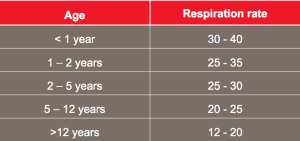
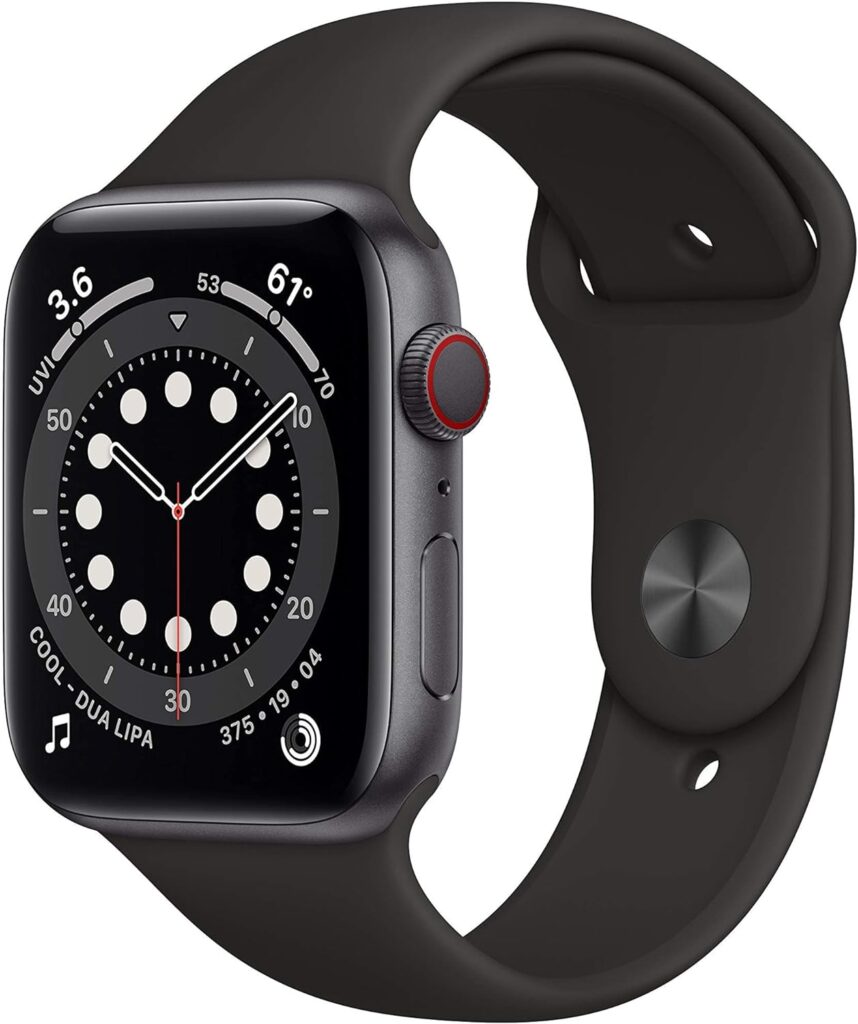
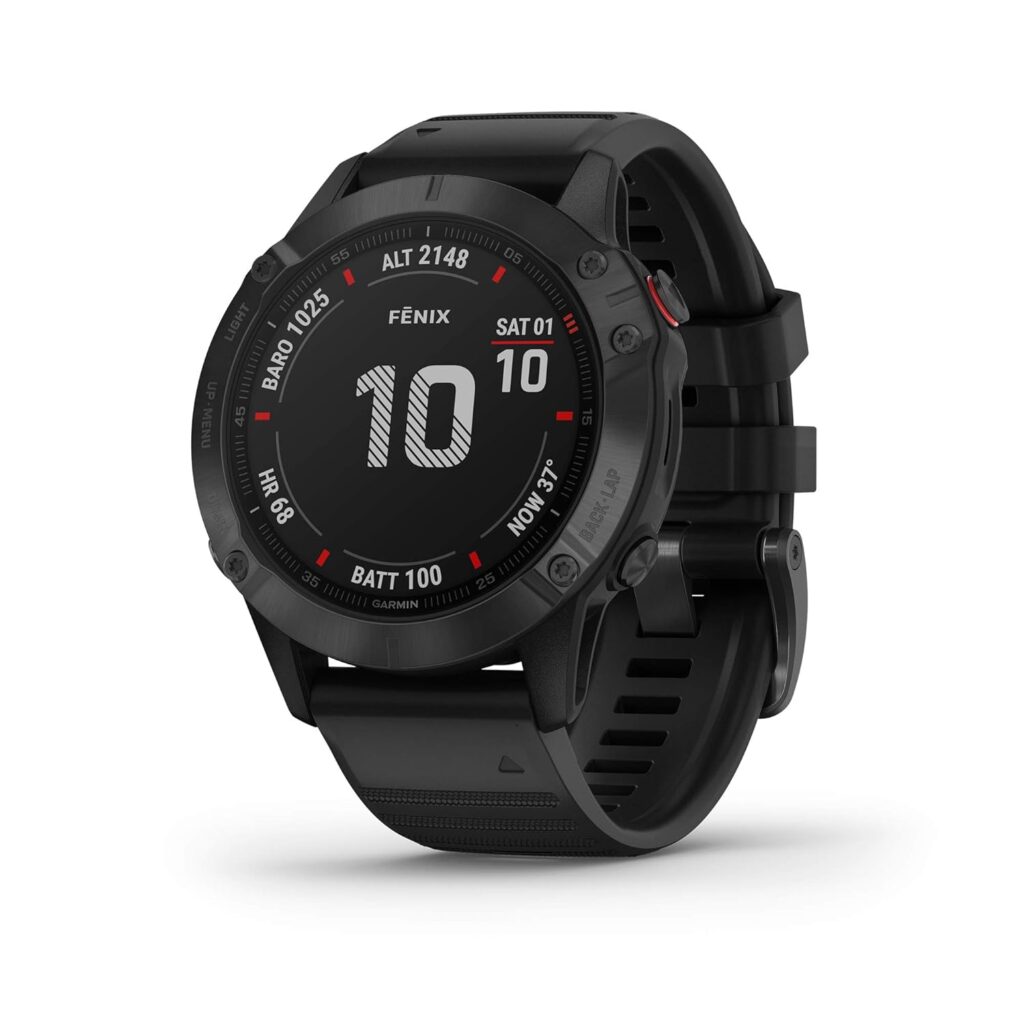
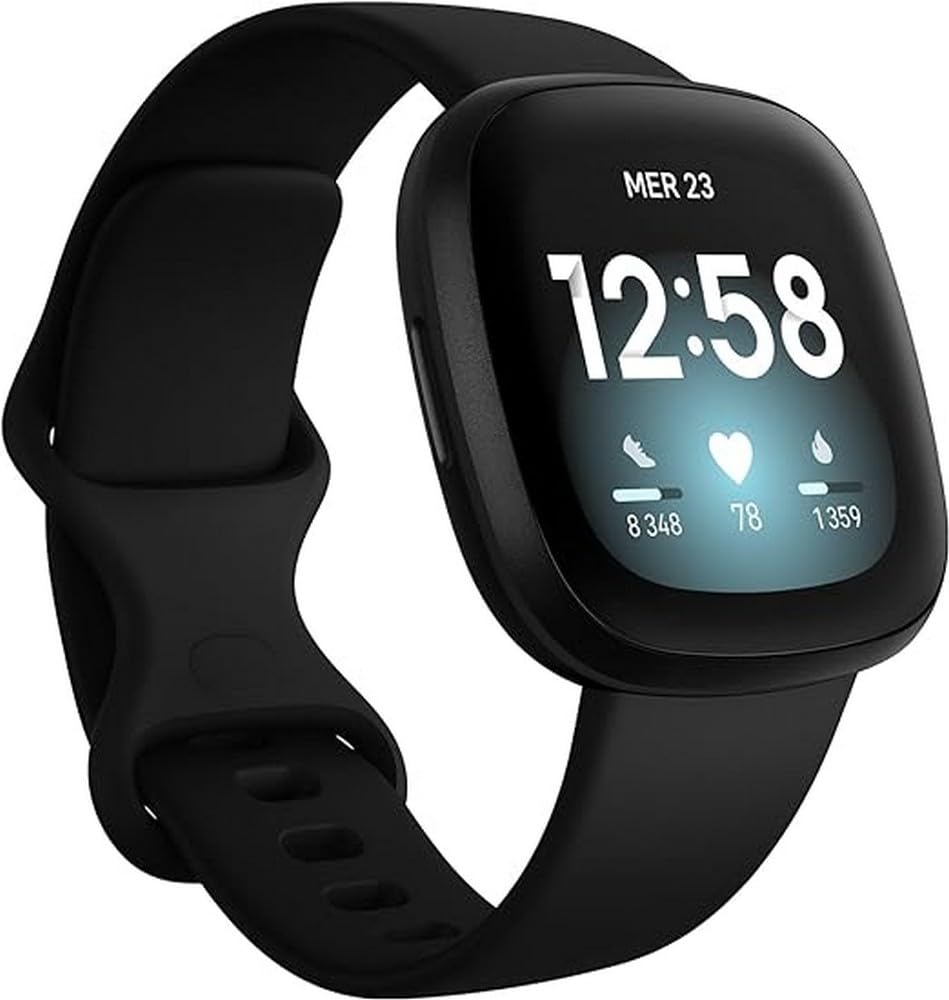
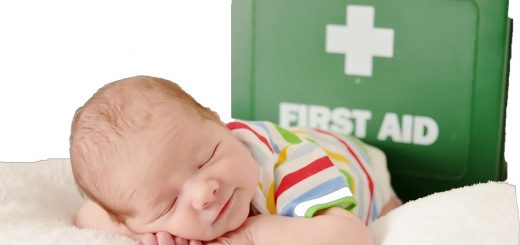
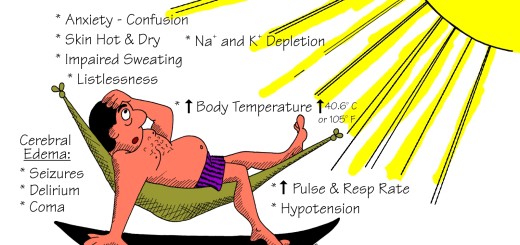
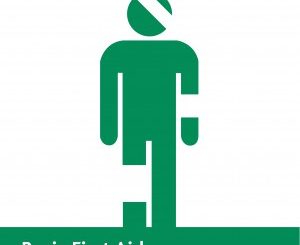


good advice
good advice